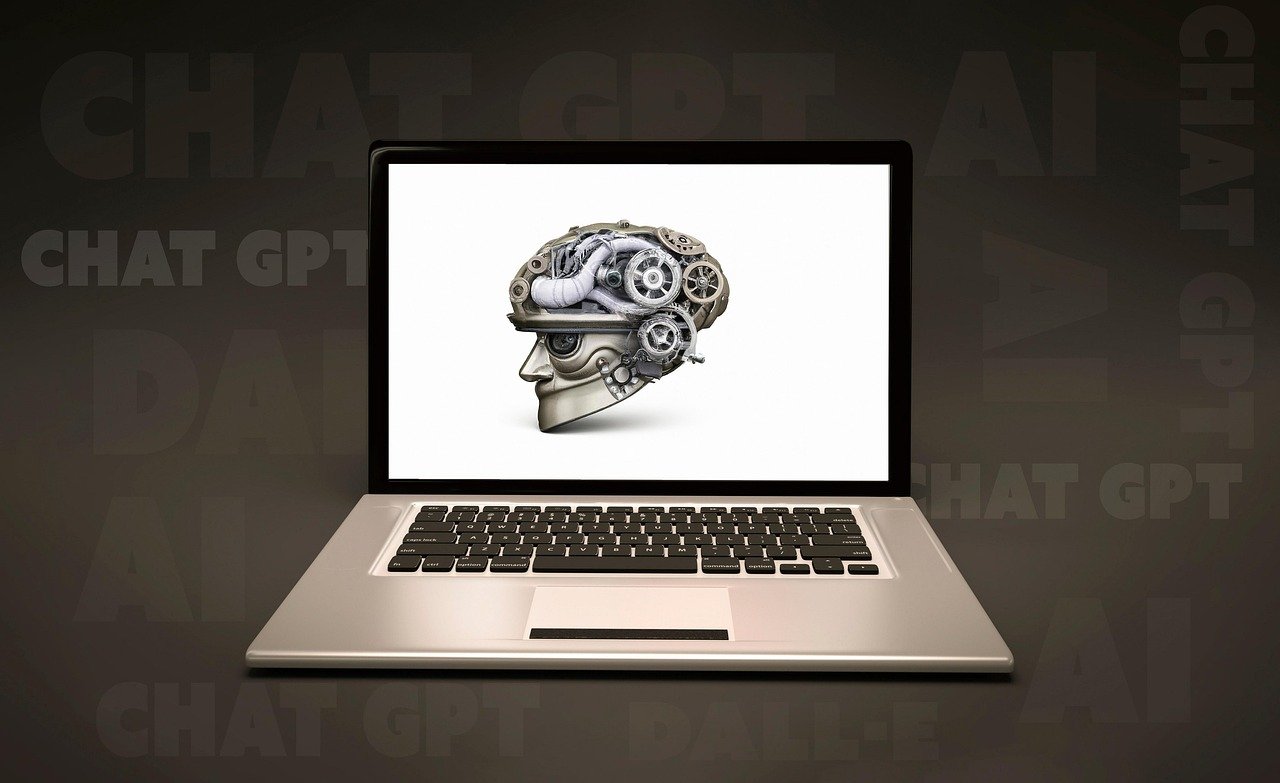The rise of Artificial Intelligence (AI) is not just about individual algorithms or applications; it’s about the emergence of vibrant and interconnected ecosystems. These AI ecosystems are complex networks of technologies, data, talent, and infrastructure, all working together to drive innovation and value creation. Understanding how these ecosystems function is crucial for businesses and individuals alike to leverage the full potential of AI.
Understanding AI Ecosystems
An AI ecosystem is more than just a collection of AI tools; it’s a dynamic environment where different elements interact to foster AI development, deployment, and adoption. These ecosystems can range from internal company setups to broader industry initiatives, all sharing the common goal of maximizing the impact of AI.
Key Components of an AI Ecosystem
Identifying the key components helps in understanding how to build and participate in a successful AI ecosystem. These include:
- Data Sources: High-quality, relevant data is the lifeblood of any AI application. This includes structured data (databases, spreadsheets), unstructured data (text, images, video), and real-time data streams.
- AI Infrastructure: This includes the hardware (e.g., GPUs, TPUs), cloud platforms (e.g., AWS, Azure, Google Cloud), and software tools (e.g., TensorFlow, PyTorch) necessary to train and deploy AI models.
- AI Talent: Skilled data scientists, machine learning engineers, AI researchers, and domain experts are essential for building and deploying effective AI solutions.
- AI Applications: These are the tangible products or services that leverage AI to solve specific problems or create new opportunities. This can range from recommendation systems to fraud detection to autonomous vehicles.
- Regulatory Frameworks: Ethical guidelines, data privacy regulations (e.g., GDPR, CCPA), and AI-specific legislation shape the responsible development and deployment of AI.
- Investment & Funding: Capital is required to fuel research, development, and commercialization of AI technologies. This includes venture capital, government grants, and corporate investment.
- Research & Development: Ongoing research in AI algorithms, techniques, and applications is crucial for continued innovation.
- Community & Collaboration: Open-source communities, industry consortia, and academic partnerships foster collaboration and knowledge sharing.
Different Scales of AI Ecosystems
AI ecosystems can operate at various levels:
- Internal Company Ecosystem: A company building its own AI capabilities, integrating data, tools, and talent to develop AI-powered solutions for internal operations or external products. Example: A large retail company using AI to optimize supply chain logistics and personalize customer experiences.
- Industry-Specific Ecosystem: A group of companies, research institutions, and startups focused on applying AI to a particular industry, such as healthcare, finance, or manufacturing. Example: A consortium of pharmaceutical companies collaborating on AI-driven drug discovery.
- Regional/National Ecosystem: A geographic area with a concentration of AI companies, research institutions, and talent, often supported by government initiatives. Example: Silicon Valley, known for its density of AI startups and venture capital.
Benefits of Participating in an AI Ecosystem
Being part of a thriving AI ecosystem offers numerous advantages for organizations and individuals.
Access to Resources and Expertise
- Shared Infrastructure: Reduce costs by leveraging shared AI infrastructure, such as cloud computing platforms and pre-trained AI models.
- Talent Pool: Tap into a larger pool of skilled AI professionals through collaborations and partnerships.
- Data Sharing: Access to diverse datasets, while respecting privacy, for training more robust and accurate AI models. Example: Federated learning allows training models on decentralized data without sharing the raw data itself.
- Knowledge Sharing: Learn from the experiences and best practices of other ecosystem members through conferences, workshops, and online communities.
Accelerated Innovation and Development
- Faster Time to Market: Leverage existing AI tools and platforms to accelerate the development and deployment of AI applications.
- Increased Innovation: Collaborate with other ecosystem members to generate new ideas and explore novel AI applications.
- Reduced Risk: Share the risk of AI projects with other organizations through joint ventures and partnerships.
Enhanced Competitiveness
- Improved Efficiency: Use AI to automate tasks, optimize processes, and improve decision-making, leading to increased efficiency and productivity.
- New Revenue Streams: Develop new AI-powered products and services to generate new revenue streams and expand into new markets.
- Stronger Customer Relationships: Use AI to personalize customer experiences, improve customer service, and build stronger customer relationships.
Building Your Own AI Ecosystem
Creating an AI ecosystem, whether within a company or as a broader initiative, requires strategic planning and execution.
Identifying Key Stakeholders and Partners
- Internal Teams: Data science, engineering, IT, and business units are crucial.
- External Partners: Universities, research institutions, startups, technology vendors, and industry consortia.
- Building Relationships: Attend industry events, participate in online communities, and actively network to identify potential partners. Example: Sponsoring a university research lab or hosting an AI hackathon.
Developing a Data Strategy
- Data Governance: Implement policies and procedures to ensure data quality, security, and privacy.
- Data Integration: Integrate data from various sources to create a unified view of the business.
- Data Accessibility: Make data accessible to authorized users while adhering to data governance policies.
Investing in AI Infrastructure and Tools
- Cloud Computing: Leverage cloud platforms to access scalable and cost-effective AI infrastructure.
- Open-Source Tools: Explore open-source AI frameworks and libraries such as TensorFlow, PyTorch, and scikit-learn.
- Specialized Hardware: Consider investing in specialized hardware, such as GPUs or TPUs, for training computationally intensive AI models.
Cultivating AI Talent
- Recruitment: Hire skilled data scientists, machine learning engineers, and AI researchers.
- Training and Development: Provide training and development opportunities for existing employees to enhance their AI skills.
- Internal AI Community: Create an internal community of AI practitioners to share knowledge and best practices. Example: Internal AI training programs or dedicated AI research teams.
Challenges and Considerations
While AI ecosystems offer tremendous potential, it’s important to be aware of the challenges:
Ethical Concerns
- Bias in AI: AI models can perpetuate and amplify existing biases in data, leading to unfair or discriminatory outcomes. Example: Biased facial recognition software.
- Privacy Violations: AI applications can collect and analyze vast amounts of personal data, raising concerns about privacy and data security.
- Job Displacement: Automation powered by AI can lead to job displacement in certain industries.
Security Risks
- Adversarial Attacks: AI models can be vulnerable to adversarial attacks, where malicious actors introduce subtle changes to input data to cause the model to make incorrect predictions.
- Data Breaches: AI systems can be targets for data breaches, exposing sensitive data to unauthorized access.
Regulatory Uncertainty
- Lack of Clear Guidelines: The regulatory landscape for AI is still evolving, leading to uncertainty about compliance requirements.
- Data Privacy Regulations: Compliance with data privacy regulations such as GDPR and CCPA can be complex and challenging.
Overcoming the Challenges
- Ethical AI Frameworks: Implement ethical AI frameworks and guidelines to ensure responsible development and deployment of AI.
- Robust Security Measures: Implement robust security measures to protect AI systems from attacks and data breaches.
- Stay Informed on Regulations: Stay informed about evolving AI regulations and ensure compliance with all applicable laws and standards.
- Transparency: Aim for transparency in AI models, making them more explainable and understandable.
Conclusion
AI ecosystems are the engine driving the next wave of AI innovation. By understanding their components, benefits, and challenges, organizations can strategically participate in these ecosystems to unlock the full potential of AI. Building or joining a thriving AI ecosystem requires a commitment to collaboration, data governance, talent development, and ethical considerations. Embrace the power of AI ecosystems to transform your business and shape the future of AI.



